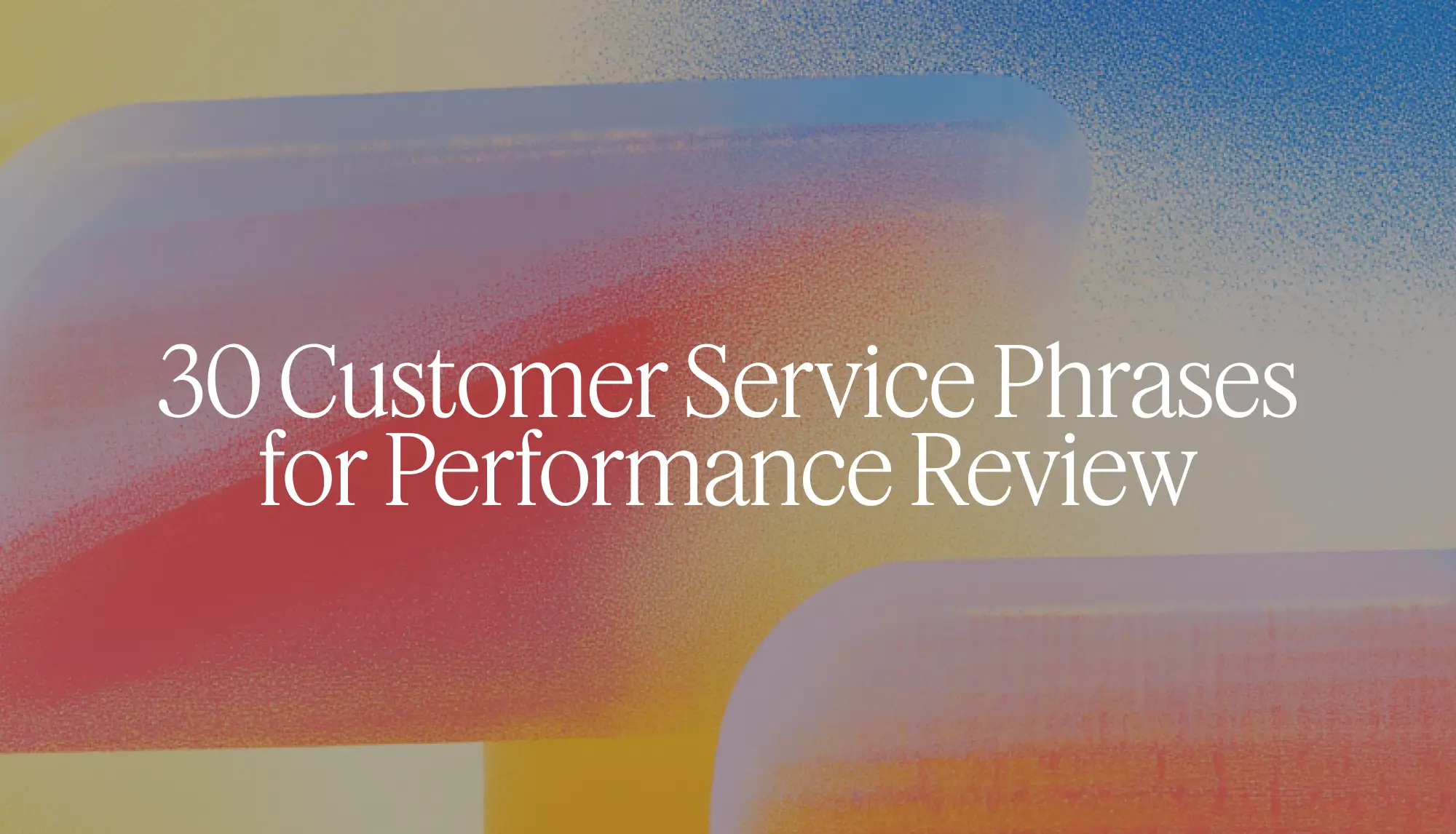
Written by
Lisa Popovici
Legacy Software vs Native AI: Why It Matters for Enterprise CX
September 22, 2025
5
min read
Most teams shopping for automation start by comparing feature checklists. That’s the wrong starting point. The real gap is architectural: legacy help desks are trying to bolt AI onto old codebases, while AI-native platforms are built around generative models from day one. That difference shows up in speed, accuracy, scalability, and the quality of insights you can unlock.
What Legacy Vendors Optimize For vs What AI-Native Platforms Optimize For
Legacy help desks like Zendesk compete on ticketing, views, routing, and analytics. Their revenue comes from help desk seats, so most R&D goes to core help desk features. AI is an add-on.
AI-native platforms like Siena put all R&D into agent quality, reasoning, tool use, memory, and workflow execution. Help desk compatibility matters, but it’s not the product. The product is the agent.
Outcome: one side adds a chatbot to a help desk. The other side builds an intelligent operator that can read, reason, act, and learn across your stack.
Where Legacy Architecture Hits a Wall
Integration depth with your OMS and back office
Example from the call: the brand runs orders through Linnworks with complex lens workflows and long tails of exceptions. A help desk bot that can only read status fields is not enough. You need an agent that can fetch state from multiple systems, apply business rules, and set correct expectations by channel and region. Legacy bots plateau at surface integrations. AI-native agents map to your real process.
Automation ceiling
Help desk bots tend to top out around a narrow set of FAQ and simple API calls. Once an edge case appears, they bail. AI-native agents handle hybrid paths. Even if the final mile needs a human, the agent gathers facts, sets expectations, and routes with context. That raises effective automation without faking resolutions.
Memory and intelligence
Closing a ticket is not the goal. Learning from it is. Legacy systems tag and archive. An AI-native platform stores structured memories at the customer and theme level: dry hair, size M but prefers relaxed fit, often asks for blue-light lenses. That intelligence powers better recommendations, proactive outreach, and product feedback loops. It also makes your next interaction actually feel personal.
Context as the multiplier
Context is where legacy tools fall apart. They operate in silos: your help desk knows tickets, your OMS knows orders, your CRM knows deals, your reviews app knows feedback. Each tool learns in isolation, leaving your team as the glue, constantly re-explaining.
An AI-native platform like Siena consolidates context into one continuous brain across support, sales, orders, subscriptions, returns, reviews, and voice. That means:
no more fractured handoffs or repetitive re-briefing
AI that doesn’t just respond but anticipates the next step
compounding intelligence over time as the system builds memory from every interaction
This is the real shift: not “one vendor vs two,” but whether your AI actually unifies context across your stack. When it does, every session gets smarter on its own. That’s the difference between a chatbot and an operator.
Speed of iteration
Every time models improve, AI-native teams ship capability jumps across the stack. Legacy vendors have to thread those gains through older services, permission models, and UI layers that weren’t designed for generative workflows. The difference is days and weeks versus quarters.
Keeping Your Help Desk vs Replacing It
You don’t have to rip and replace. Most enterprises want to keep Zendesk for case management and reporting. That’s fine. Embed the agent where work happens. Use the AI-native live chat when you need richer, commerce-grade experiences, and sync transcripts and metadata back to Zendesk for audit and analytics. Pick the best tool for each job.
What to Evaluate When You Compare Vendors
Use this checklist in your buying process:
Architecture and scope
Can the agent read every ticket on intake and self-assign based on natural language patterns you define?
Does it support stepwise guidance with conditional logic, not just macros and snippets?
Can it execute multi-system workflows across help desk, order management, subscriptions, returns, reviews, voice, and site chat?
Integration depth
Do they build to your OMS API with a statement of work and clear phases?
Can they derive dynamic promises per status, SKU, region, carrier, and service level?
Can they enrich tickets with structured context for handoffs?
Context and memory
Does the platform consolidate customer context across support, orders, subscriptions, returns, reviews, and CRM?
Does it persist memories you control that shape tone, recommendations, and routing?
Can you query “voice of customer” themes over time and push those insights into product and marketing?
Agent quality
Tone control that reads like a person, not a template
Guardrails and validation for accuracy
Support for hybrid cases where the agent prepares the work for a human to finish
Roadmap and partnership
Is the vendor willing to co-build high-value use cases that are unique to your category?
Do they ship model and feature upgrades frequently without breaking your workflows?
Do they give you admin controls to own your stack, not lock you into services?
A Simple Mental Model
If your goal is to manage tickets, a help desk is your foundation.
If your goal is to operate with AI at the frontline, you need an AI-native agent that learns, reasons, remembers, and acts. The help desk becomes a system of record. The agent becomes the system of action.
What This Looks Like in Practice
Complex order promises: Customer asks for timing on a custom lens. The agent checks OMS status, lens availability, lab queue, region, and shipping method. It returns a date range with rationale, logs the promise, and sets a follow-up if the state doesn’t change.
Guided selling on site: Live chat recommends frames based on face shape, previous purchases, and style preferences stored in memory. It pulls PIMs data and returns SKU-level comparisons with tradeoffs.
Reviews and reputation: The agent moderates and responds to reviews in brand voice, mines themes, and feeds those insights back to product.
Voice: Inbound call about an order change. The agent authenticates, edits the order if possible, or packages a clean handoff with collected constraints.
Each of these requires more than a bot reply. They require an operator that can think, remember, and act across systems.
How to Decide
Ask every vendor to demo three high-leverage workflows end to end with your real data, not canned samples:
Your hardest “where is my order” edge case with dynamic promises
One guided selling flow that uses customer memory and product attributes
One hybrid case that the agent advances but a human finishes
Measure setup depth, time to first success, and how the system learns after week one. If it can’t learn and improve, it’s not an AI platform. It’s a widget.
Bottom line: Gorgias and peers will keep doing what they do best: ticketing, views, routing. If you want AI to be a core operator in your business, choose a platform that was built for it. Siena focuses every ounce of R&D on building agents that unify context, understand your workflows, learn from every interaction, and move work forward across channels. That’s the leverage. That’s how you scale without hiring endlessly or sacrificing customer experience.






